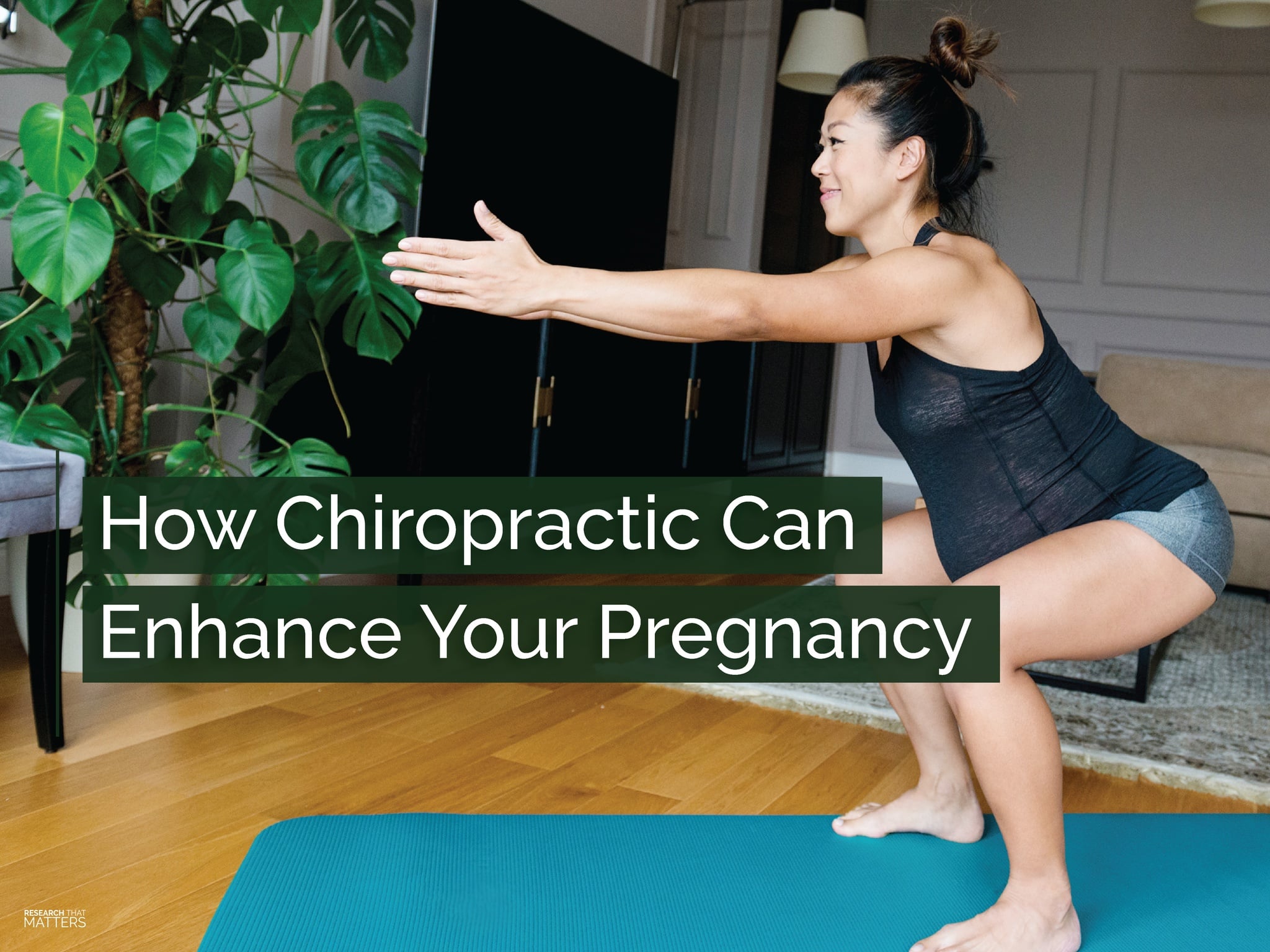The Surprising Science About Surgery for Low Back Pain
Many people think that surgery can “fix” an area of their injured spine. While in rare cases, that’s true, the permanent changes that surgery makes to your anatomy can cause many new
problems in addition to the trauma and risks accompanying it. The changes that occur after surgery are called “adjacent segment disease,” They are the number one reason why people who have one surgery on their low back often return for more.
You will be surprised to know that a recent study found chiropractic care can provide the same relief as surgery for disc issues in the low back without any surgical risks. The kicker is those individuals who didn’t get great results with chiropractic care were found to be great surgical candidates. So, in most cases, it’s clear that anyone entertaining the idea of surgery should go to the chiropractor before going under the knife! • 60% of patients with sciatica benefitted from spinal manipulation/adjustments to the same degree as if they received surgery.
• Over 25% of patients undergoing spine surgery may have complications.
• Patients with disc herniations should consider chiropractic care before surgical intervention.
Next Steps: Having surgery is a big, irreversible decision. The time away from work, risks of anesthesia, the trauma to your spine, and results that aren’t exactly fantastic have led many doctors to question whether surgery is a good option outside of emergency cases. But if you are one of the rare people who may benefit from surgery, we’ll let you know. In our practice, our goal is to help you avoid unnecessary addictive drugs and risky medical procedures and find health and healing naturally. Our team is dedicated to providing you with the best care recommendations based on your goals and our findings. It’s how we believe healthcare should be delivered.



